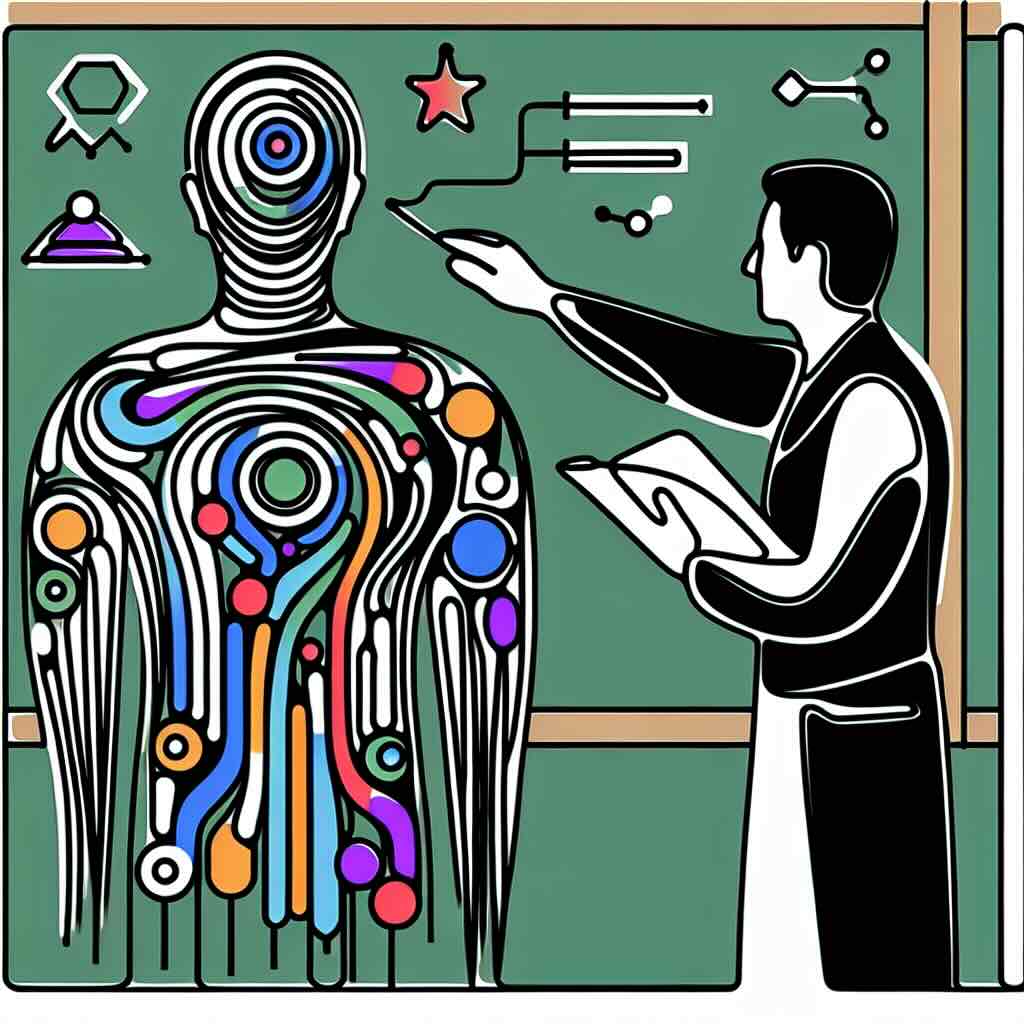Preview of D2L Brightspace course - ready for converting into a Coursensu learning design
Iterative learning design just took another step forward. Working with D2L - Coursensu is the first learning design platform to become a D2L Integration Partner & listed in their marketplace. This enables Brightspace users to connect to Coursensu and rapidly convert any Brightspace course into a Coursensu learning design 🤘
Iterative learning design is our way of bringing a vision of systematic learning design into existence. This is powerful because learning doesn't stay still, it's an evolving activity for our learners, as well ourselves. The goal is to give you, the designer, a workflow that makes creating, designing, reviewing and redesigning learning experiences as smooth as possible.
To achieve this - we need to do some technical stuff. Platforms need to be connected into the same ecosystem, so we can easily push and pull learning experiences and learning designs together.
We've been working with D2L to achieve this, and Coursensu is the first learning design platform to become a D2L Integration Partner and listed in their marketplace. This enables Brightspace users to connect to Coursensu and rapidly convert any Brightspace course into a Coursensu learning design
Why does this matter?
We want you to save time, so you can focus on enhancing the learner experience. So what does iterative learning design enable for you, and your learners?
Focus: Designer Experience
You may have one, ten or a hundred courses/learning experiences in your catalogue. Eventually you'll want to make changes to these. This should include working with stakeholders to review, revise and redesign parts that need the most attention. You, the designer, may also want to reuse best practice into future learning designs - saving you time and creating a more systematic, consistent experience over time.
Iteration's superpower: redesign
From your catalogue, you can convert existing courses into designs on Coursensu. This will enable you to have a refined, high-level design version that strips away all the unnecessary detail and becomes a blueprint, ready for iteration.
Once converted to a high-level design, you'll be able to:
👌 RAPID: Pick up and move parts of the learning experience that need to change.
🔍 REFINE: Add/explore and refine parts that need a little extra attention.
🔨 SIMPLIFY: Make changes, review and approve them together in a simple design format.
🆗 REVIEW: Agree what the changes are, then proceed with planning the development.
💕 REPEAT: Duplicate great ideas into future courses (templates just got easier).
🔥 PUBLISH: Push changes back, to live, without having to rebuild anything (coming next)
Let's explore each of these in more detail.
Rapid redesign
Live experiences are complicated, they have a presentation layer (images, headings, formatting). They have live student data (discussions, submissions, logins). They also have the 'live' aspect - making changes could be detrimental. Creating a version of a live course means you can start making changes, capture feedback and begin to move things around, without impacting current learners/educators. Rapid design is enabled when you only have headline detail for each item. To avoid detail that swamps decisions. With a rapid redesign view, you can literally pick up parts of the experience, decide where they should be, and then drop them in place. Then, once altered, compare it with the live version and seek stakeholder feedback.
Refine areas
Similar to the rapid approach, you may want to zoom in on a particular section that needs an intervention. Sometimes our best ideas don't work as expected once learners arrive. External factors can also force a change in one area, without prior warning. To capture this, make sections a bright colour in Coursensu, assign team members to content items and help ensure everyone knows which areas need their attention.
Simplify
Think of a blueprint for a building, a Mickey Mouse storyboard drawing or an idea on a napkin - they all simply the idea to quickly convey a message. The same is true for a high-level design. You remove the noise to ensure focus on the detail that matters. This to make changes, review together and agree on next steps.
Review
A simple version of a course is a lot simpler to review and approve than the final version. Firstly, ideas are easier to change, before production, it's just writing in a box - that can be altered very quickly compared to media, activities or live course elements. Maximise this opportunity to add review points and engage stakeholders with a clear, defined and timely review process for design changes
Repeat
Best practice isn't obvious from the outset, sometimes you need to go live and capture feedback to see what works, and what needs to improve. During this phase, you can spot clearly successful design approaches. When you do this, you can capture the course back into a design and then reuse this across numerous relevant learning experiences. A small investment will return over time, in efficiency and a consistent learner experience.
Publish
Do not drown in versions! The goal of iteration is to pull a live course/experience, make changes, then push it back into the next live run. This is in development, but there's too much time lost with version control at all stages. You should aspire for one master design, one master live and the in an archive. There may be an additional production version alongside the live version. This happens when changes are being made. Aim for the fewest versions possible, so you're never duplicating.
Learn more
Our vision is fully, iterative, rapid learning design. One that seamlessly integrates the live, design and development versions of a learning experience.
Find Coursensu on the D2L Marketplace
Read about the D2L Brightspace Coursensu Integration
Pro users can add the integration now, or get in touch for a demo.







